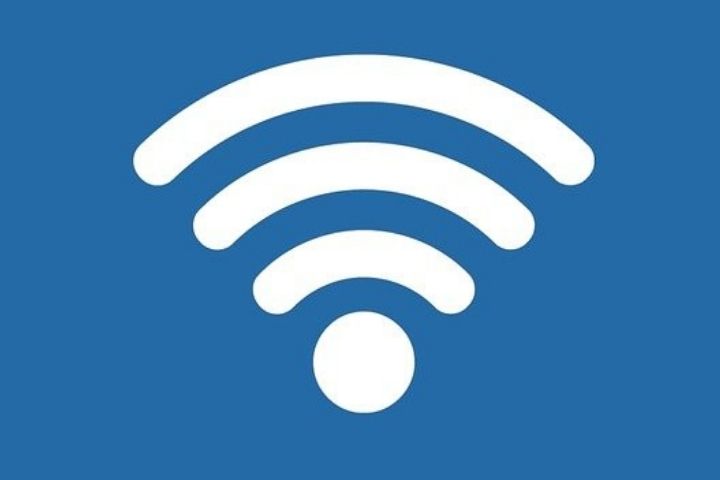In this article, we’re sharing our thoughts on how to improve wi-fi reception. Using the Wi-Fi network has become a tremendously practical option to be able to connect all our equipment, easily and simply, without cables. It is ideal, for example, to work with the laptop (or with the desktop computer if it has wireless connectivity), or to use our mobile phone without having to use the data connection.
Despite being very useful, even today it continues to be a less reliable option than a cable connection, especially if we take into account that there may be some problems that affect the quality of the connection, in such a way that it is common for some disconnections to arise and untimely falls.
While a weak signal will in turn offer a lower quality Internet connection , greatly reducing even the speed when downloading and uploading data.
Luckily, it is perfectly possible to improve your wireless Internet connection with some simple tips to implement, in order to get a stronger signal.
Table of Contents
Why Might The Wi-Fi Signal Drop?
Before discovering what are the options we have to improve the reception and signal of our Wi-Fi connection , it is necessary to understand why it can break down. There are several reasons that can cause a decrease or even a lack of Wi-Fi signal in our house.
For example, devices and appliances that emit electromagnetic or electrical waves , the limited range of the Wi-Fi connection itself, certain materials and items that can act as real obstacles, or even faulty equipment could have a negative impact on the Wi-Fi signal.
Also Read : What Are Smartphones And What Are Their Functions?
How To Improve The Wireless Internet Connection
Correctly position the wireless router
Sometimes we choose an originally unsuitable place to install our wireless router, especially in those moments when we do not want it to be so visible. It is true that it is not a very aesthetic device to say, especially when it has more than one, two or three antennas. Therefore, it is common to hide it in a piece of furniture , or place it in a small corner of a room.
Be that as it may, the reality is that on many occasions we tend to place the wireless router in an inappropriate place , which prevents an optimal propagation of the signal. Therefore, the first advice is more than obvious: try to find a location as optimized as possible where to install our router at home .
As many experts believe, the best position is to always place it in a high place, in an open area. Likewise, if we want to have a good signal distribution, it is even advisable to place the router in the center of the house.
The importance of protecting our wireless network
It is essential to protect the security of the Wi-Fi connection , to avoid dangerous or unauthorized access. Even so, when the protection is not secure enough, some people or neighbors could use it, which will end up slowing down the Internet connection.
When it comes to protecting our Wi-Fi network at home, it is necessary to connect to the administration page of our router, and subsequently define certain security options, such as modifying the access password to it or even disabling the visibility of the Wi-Fi network. -Fi for all users (broadcasting the SSID).
Changing the frequency
Another option to improve your Wi-Fi reception connection is to change the frequency at which the signal is transmitted. If we have a recent wireless router, it may be dual band , which means that it uses two frequency bands to carry out the transmission: 2.4 GHz and 5 GHz .
The first option is obviously the most traditional, and its performance is far from optimal. In fact, overlap with neighboring networks, or even disturbances caused by other devices, can reduce bandwidth.
These drawbacks are not affected, or very little, if we choose the 5 GHz band, so it should be chosen whenever possible. Of course, it is necessary to take into account that, by default, routers transmit simultaneously on both bands, and smartphones, digital tablets and computers connect to one of the two. And since the connection is usually made automatically, the best one is not always chosen.
Therefore, in case our router is not able to always choose the best frequency, it is more appropriate to create two separate networks (with different or similar names), one at 2.4 GHz, and the other at 5 GHz. It will be enough simply to choose which option to choose, always choosing on this occasion the name that we have given to the second one.
However, if none of the options work, or are not enough, remember that it is always possible to opt for a signal extender or amplifier , specially designed for those home locations where wireless coverage does not reach adequately.
